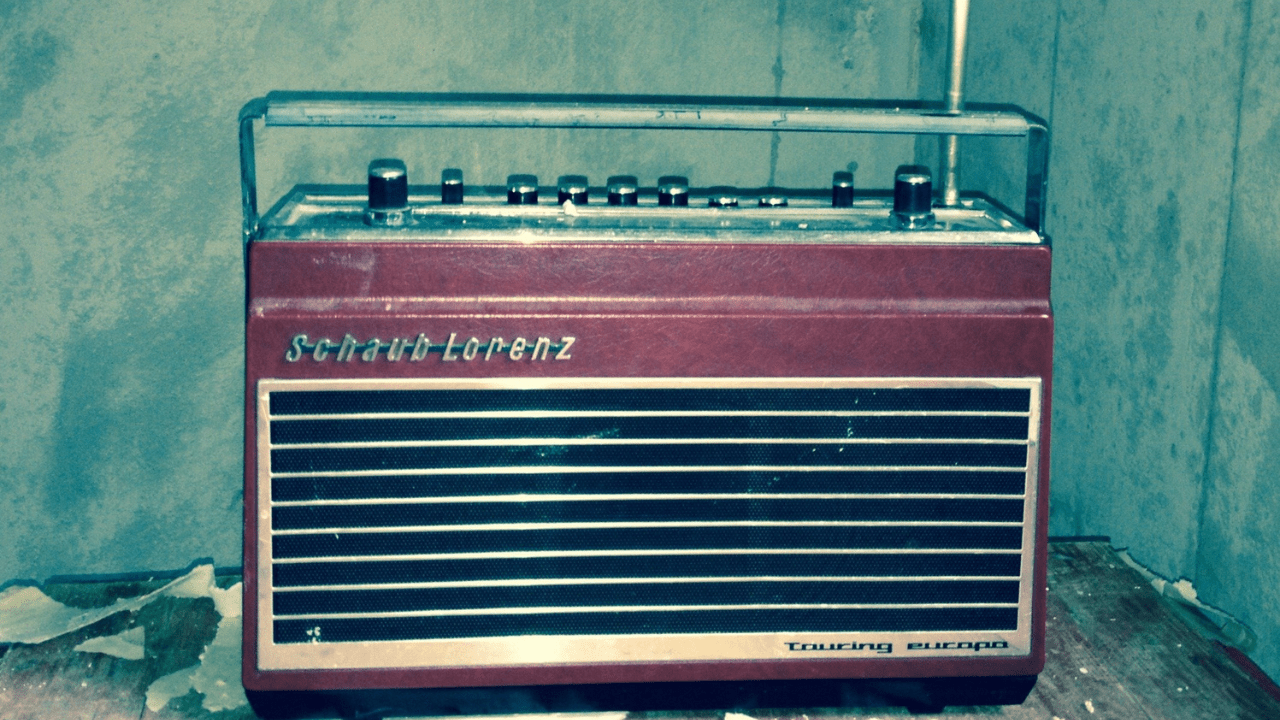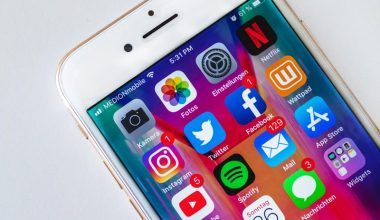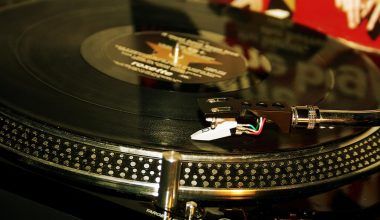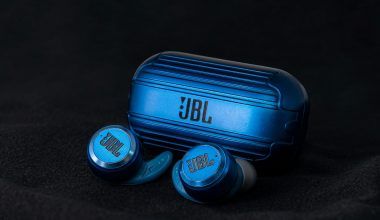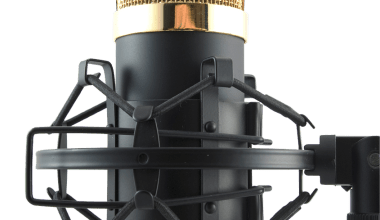Have you ever wondered, “How many songs are in an EP?” This question often pops up for musicians, especially those who are just starting their music journey. EPs, or Extended Plays, are a popular choice for artists because they are a great way to release music without the pressure of creating a full album.
In this blog, I will break down everything you need to know about EPs, including how many songs they typically have, why they are so useful, and how you can make the most out of releasing an EP. Let’s dive in!
What Is an EP?
An EP, short for Extended Play, is a type of music release that falls between a single and an album. It’s not as short as a single, which is usually one song, but it’s also not as long as a full album. Think of it as a perfect middle ground.
Artists use EPs to give listeners a taste of their music without committing to a full album. It’s like a sampler of what they can do. EPs are also great for artists who are experimenting with new sounds or styles.
How Many Songs Are in an EP?
Now, let’s answer the big question: How many songs are in an EP? Usually, an EP has 4 to 6 songs. However, there are no strict rules. The key factor is the total length of the music. Most EPs have a runtime of 15 to 30 minutes.
If you’re planning to release music, it’s important to understand that platforms like Spotify and Apple Music have their own definitions. For example:
- If your release has 1 to 3 songs and is less than 10 minutes long, it’s considered a single.
- If it has 4 to 6 songs and is under 30 minutes, it’s an EP.
- Anything longer than that is usually considered an album.
Why Should You Release an EP?
You might wonder, why not just release singles or go straight for an album? Here are some reasons why an EP could be the perfect choice for you:
- It’s Affordable: Creating a full album can be expensive. An EP, with fewer songs, costs less to produce but still allows you to share your work with the world.
- It’s a Great Way to Experiment: Are you trying out a new sound or style? An EP lets you test it out without committing to a full-length album.
- Fans Love Them: Listeners appreciate having more than just one song to enjoy, but they also don’t have to commit to an hour-long album. EPs strike a balance.
- They’re Easier to Promote: Promoting a few songs is simpler than marketing an entire album. You can focus your efforts on getting those tracks heard.
What Are the Key Differences Between Singles, EPs, and Albums?
Here’s a simple breakdown to help you understand the differences:
| Type | Number of Songs | Length | Purpose |
|---|---|---|---|
| Single | 1–3 songs | Less than 10 mins | Promote one standout track. |
| EP | 4–6 songs | 15–30 mins | Showcase your style or new material. |
| Album | 7+ songs | 30+ mins | Tell a complete musical story. |
EPs are perfect for those moments when you want to share more than a single but aren’t ready for a full album.
Famous Examples of EPs
To get a better idea of what an EP looks like, let’s check out some well-known examples:
- Billie Eilish – Don’t Smile at Me: This EP has 9 tracks, but it’s short enough in length to still be considered an EP.
- The Weeknd – My Dear Melancholy,: A 6-track EP that became a fan favorite.
- Ed Sheeran – Loose Change: This 8-track EP helped Ed Sheeran gain global recognition.
These examples show how powerful EPs can be in shaping an artist’s career.
How to Plan Your EP
Releasing an EP might sound simple, but it takes some planning. Here are a few steps to help you get started:
- Decide on the Number of Songs: Aim for 4 to 6 songs to fit the standard EP format. Make sure they work well together as a collection.
- Think About the Theme: Your EP should have a consistent theme or mood. Whether it’s love, heartbreak, or celebration, the songs should feel connected.
- Use Professional Tools: Platforms like Deliver My Tune can help you with music mastering and distribution. They ensure your music sounds polished and reaches a global audience.
- Promote Smartly: Use social media to share snippets of your songs and engage your fans. Platforms like Instagram and TikTok are great for this!
How to Promote Your EP
Once your EP is ready, it’s time to get it out there. Here are some tips to make sure your EP reaches as many ears as possible:
- Tease Your Songs: Share short clips or behind-the-scenes videos on social media to build excitement.
- Collaborate: Team up with other artists or influencers to expand your reach.
- Use Streaming Services: Platforms like Spotify and Apple Music are essential for getting your music heard. Don’t forget to pitch your EP to playlists!
- Create an Online Portfolio: With services like Artist Portfolio, you can showcase your music and make it easy for fans to find your work.
EPs and Independent Artists
EPs are especially helpful for independent artists. Why? Because they’re affordable and offer a way to stay active in the music world without breaking the bank. With tools like AI Mastering, artists can produce high-quality tracks without needing a full studio.
Frequently Asked Questions About EPs
Here are some common questions people ask about EPs:
- Can an EP have more than 6 songs?
- Technically, yes. However, if the total runtime exceeds 30 minutes, platforms may categorize it as an album.
- How do I know if I should release an EP or a single?
- If you have more than one song ready and they fit well together, go for an EP. Singles are better for one standout track.
- Is it okay to include old songs on an EP?
- Absolutely! Many artists mix new and old tracks to give their EP more variety.
Conclusion
So, how many songs are in an EP? Typically, it’s 4 to 6 songs, but the beauty of an EP is its flexibility. Whether you’re an up-and-coming artist or an industry pro, EPs are a fantastic way to share your music and connect with your audience. They’re affordable, easy to produce, and a perfect way to showcase your talent.
Now that you know the basics, why not start planning your own EP? With the right tools and a little creativity, your music could be the next big thing!
If you’re ready to take the next step, platforms like Deliver My Tune are here to help you distribute your music to over 100 platforms, master your tracks with AI, and even promote your songs on social media.
For further reading, explore these related articles:
- How TWICE Made Their Mark at the Billboard Music Awards
- The Fascination Behind the Most Popular Songs: A Journey Through Hits That Define Eras
For additional resources on music marketing and distribution, visit Deliver My Tune.
